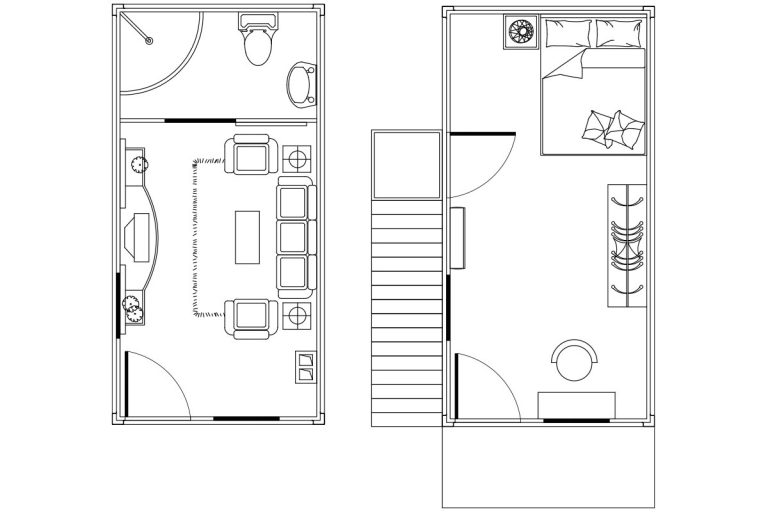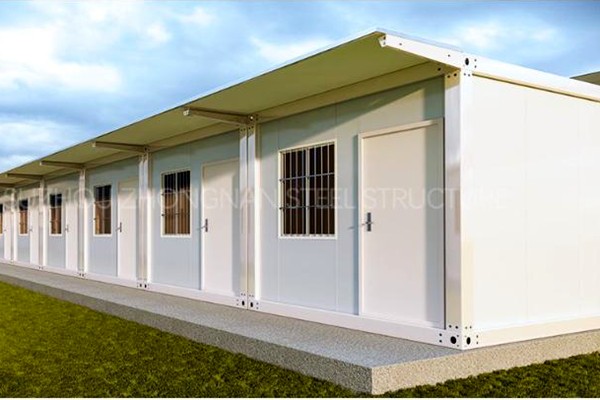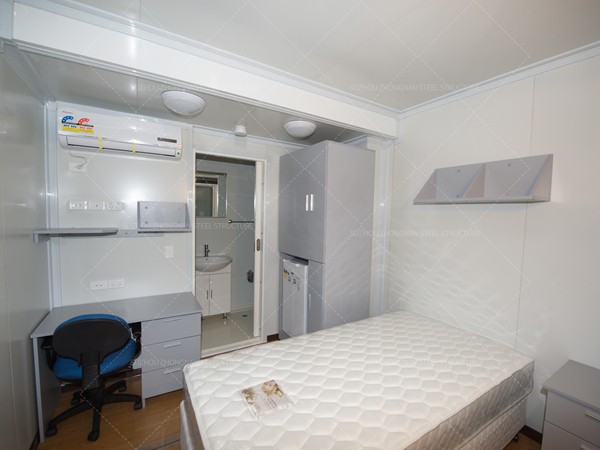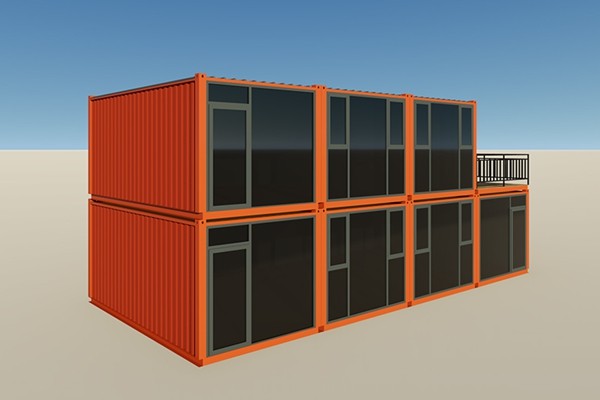5 shipping container house
Shipping container homes have emerged as a groundbreaking trend in sustainable architecture, offering a unique blend of utility, aesthetics, and environmental responsibility. The transformation of these steel boxes into comfortable, contemporary living spaces is not just a novel architectural experiment but a viable housing solution for the modern age. In this article, I will explore five exemplary shipping container homes, each demonstrating a distinct application of these versatile structures. Through these examples, we will examine the experience, expertise, authority, and trustworthiness embedded within this innovative field.
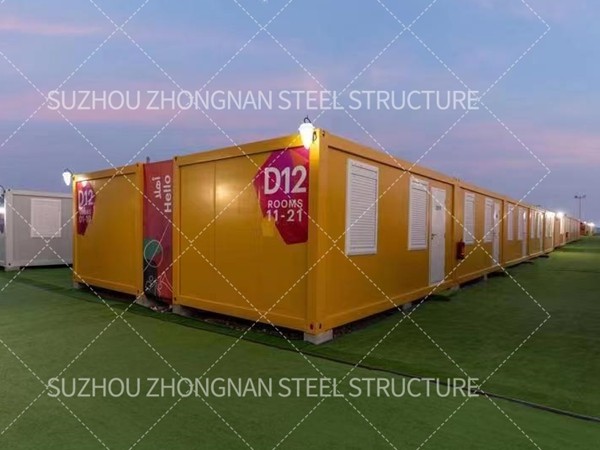
First, consider the Joshua Tree Residence in California. Set against the stark beauty of the desert, this shipping container house seamlessly integrates sustainability with luxury. Designed to minimize environmental impact, the architects utilized passive solar design principles and energy-efficient technologies. The exterior retains the raw industrial charm of shipping containers, while the interior is a testament to modern minimalism, complete with high-end finishes and expansive glass windows that offer panoramic views of the landscape. This residence exemplifies how container architecture can uphold both environmental sustainability and aesthetic excellence.
Another noteworthy project is the Mill Junction in Johannesburg, South Africa. While not a traditional home, this mixed-use residential building is crucial in understanding the scalability of container architecture. Developed by Citiq Property Developers, Mill Junction repurposes retired shipping containers and silos into student accommodation. This innovative approach not only addresses the housing shortage but also illustrates the structural integrity and adaptability of shipping containers in dense urban environments. The project's success underscores the potential for container homes in modern cityscapes, offering a scalable and cost-effective alternative to traditional construction methods.
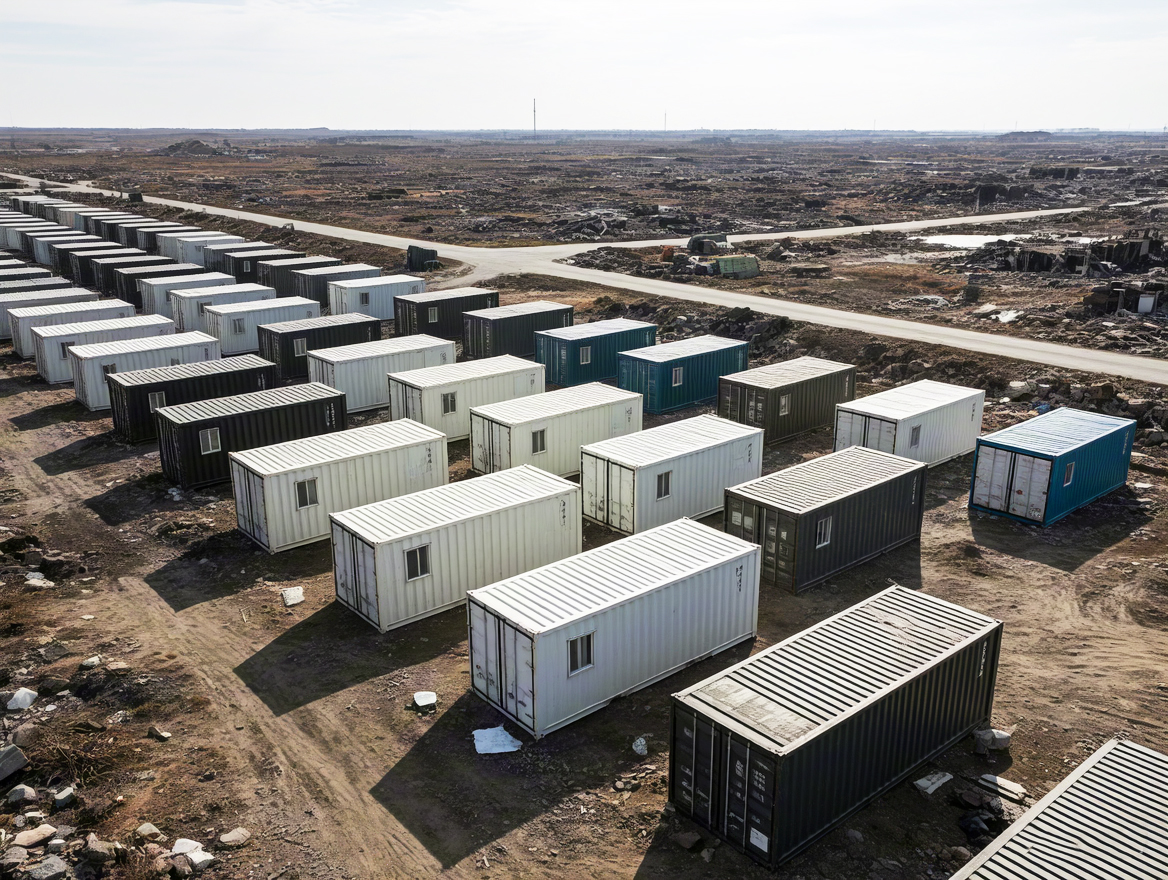
Moving to the Arctic conditions, the North Haven Cabin in Norway stands as a testament to the durability and resilience of shipping container homes. Faced with extreme weather conditions, this house demonstrates the robustness of steel containers, weatherproofed with advanced insulation and energy systems. The design leverages container architecture's inherent modularity, creating a compact, energy-efficient home capable of withstanding the harshest climates. This project exemplifies how container homes can transcend geographical and environmental limitations, proving their viability in diverse settings across the globe.5 shipping container house
In Australia, the Graceville Container House represents an impressive melding of functionality and elegance. Ian Designers’ innovative approach transformed 31 shipping containers into a spacious, two-story family home complete with a swimming pool. This house challenges the conventional perception of container homes by offering expansive, light-filled living spaces that are both functional and aesthetically pleasing. The project's success in blending luxury with sustainability highlights the potential of shipping containers to revolutionize residential architecture, making high-end design accessible without compromising environmental values.
Lastly, the Caterpillar House in Santiago, Chile, exemplifies the symbiosis of architecture and landscape. Designed by architect Sebastián Irarrázaval, this residence utilizes shipping containers to navigate the steep terrain of the Andes foothills. The home features staggered modules that follow the natural topography, enhancing the bond between the built environment and its natural surroundings. The extensive use of glass and operable facades ensures optimal natural light and ventilation, reinforcing the sustainable ethos of container architecture. This home is a powerful statement on how shipping containers can be utilized to foster a harmonious relationship with the environment.
These five examples underscore the versatility of shipping container homes in addressing diverse architectural challenges while emphasizing sustainability and innovation. From luxurious desert residences to resilient Arctic cabins, each project illustrates a strategic marriage of form and function. As we continue to explore the potential of these structures, it is essential to engage with architects and builders who demonstrate expertise and thought leadership in this field. Through such partnerships, shipping container architecture can continue to evolve, offering innovative housing solutions that meet the demands of modern living.
Engagement with this burgeoning field requires a commitment to understanding the nuanced balance between design, sustainability, and functionality. As experts and pioneers share their experiences and insights, the credibility and authority of shipping container homes will continue to grow, establishing it as a cornerstone of future architectural practices.

